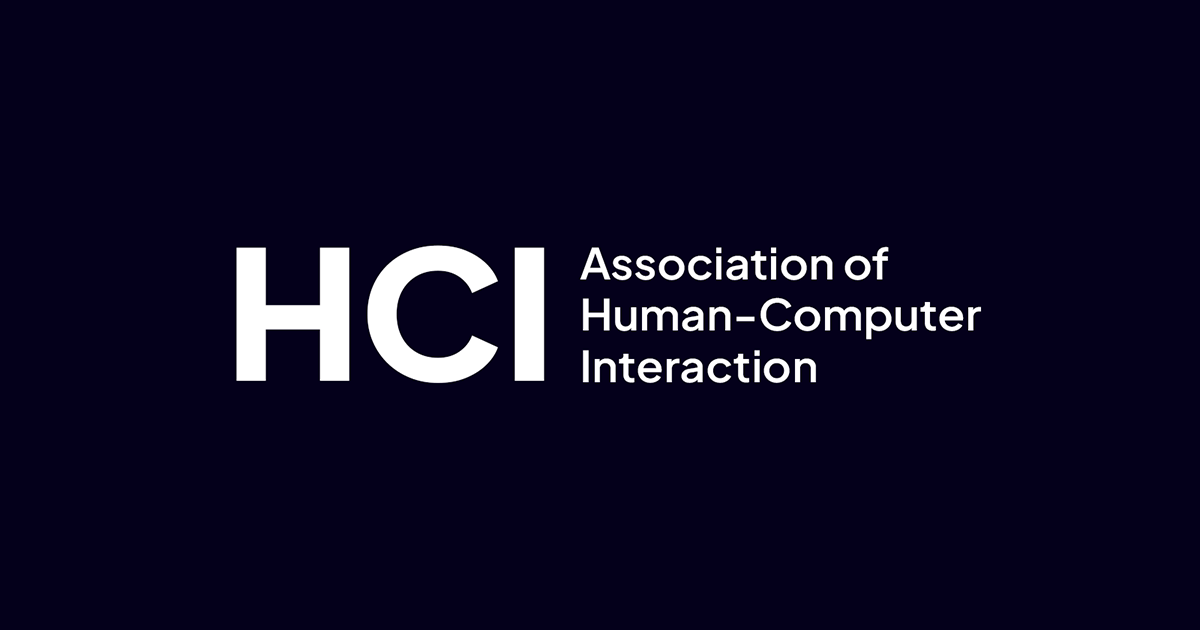Association of Human-Computer Interaction
Open Science
The original article is published under the Creative Commons Attribution 4.0 International (CC BY 4.0) license
Exploring temporality and time within human-computer interaction (HCI) research
Mikael Wiberg; Erik Stolterman
July 11, 2022
DOI: 10.1093/iwc/iwab025
Human-computer interaction research is increasingly addressing "Temporality" and "Time" (HCI). Time is a recurring theme in HCI study, including problems relating to the mapping and presentation of data along timelines, studies of temporality as design material, studies of delays and work rhythms, and more. In fact, during the past 30 years, time has frequently come up in HCI research. We think it's a good idea to investigate if the "time" of may be utilised as a method of organising and organising HCI research because of the ongoing and expanding interest in this field. Based on a literature study in which we highlighted how time and temporality have been handled in HCI research over the past 30 years, we make such an attempt in this paper. We study the evolution of time and temporality in HCI along the two aspects of what and how have been studied in our review of the area. We developed a 44 matrix based on these two dimensions, allowing us to filter the information and classify the HCI study according to time and temporality. As a result of our research, we have noticed a movement towards using temporality as a design element, a tool for understanding temporality in HCI, and a theoretical lens. Our discussion concludes with our findings' implications for (i) time waves and temporality studies in HCI research, (ii) the possible use of the 4 4 matrix, and (iii) the effects of a more fundamental shift from objects to events.
The Impact of Augmented Reality (AR) on User Interface Design: Designing for Mixed Reality Experiences
August 7, 2023 Articles
Exploring the Role of Gestural Interaction in User Interface Design: Challenges and OpportunitiesJuly 31, 2023 Articles
The Role of Motion Design in User Interface: Enhancing Usability and User ExperienceAssociation of Human-Computer Interaction
We’re a learned society of researchers and academics with an interest in the study of human-computer interaction
© 2023 All rights reserved.
Association of Human-Computer Interaction
